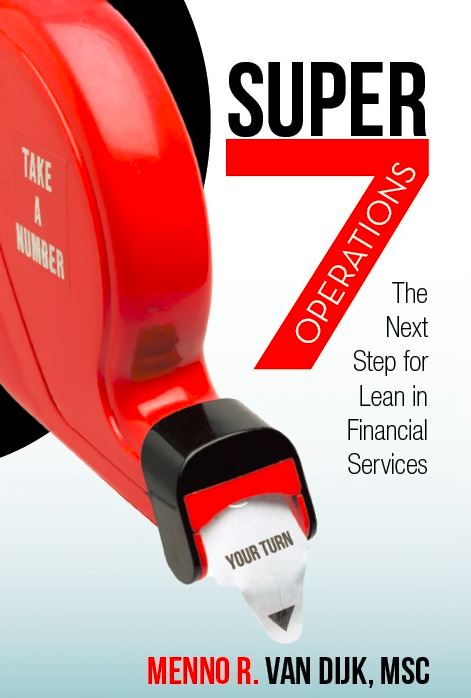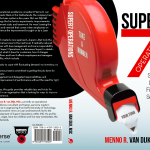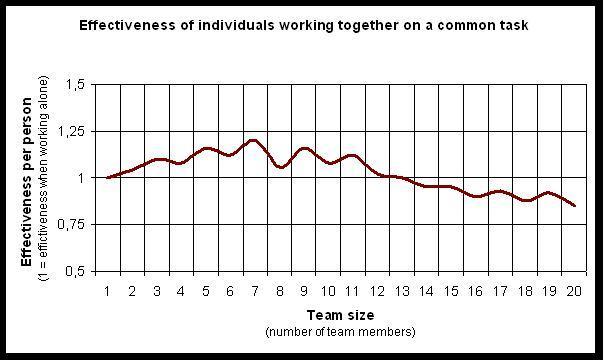Super7 Operations – a book by Menno van Dijk
(tip: clik the link above ↑ to buy the book at amazon.com)
“Why did you decide to write this book on Super7 Operations?”
– “To me, Super7 Operations is the logical next step for LEAN in financial services. I’m proud that we developed this innovation within ING. I’m so enthousiastic about it, it would be fantastic if this innovation would spread across the financial world. So much more can be achieved with LEAN than cost reduction alone. LEAN can become the culture within which people truly work together to improve every day. That’s the foundation of Super7. We believe in the abilities of our people, we trust them and give them responisibilities, and we steer on output. This improves the service to our customers. And, LEAN becomes FUN again! I had to write a book about Super7 Operations, to give as much people as possible the chance to learn about it.
“What were the reactions so far?”
– “Very positive indeed! That started already with the publiser: the book was selected as “Editors Choice”, something that I’m very proud of. And the feedback that I have received from readers has been great too.”
“Are you planning to write more in the future?”
– “Well, we have been working on developing Super7 Operations further within ING. The method has been introduced in much more teams, some with totally different type of work than where Super7 Operations first was developed. For instance, what do you do when TITO (today-in-today-out) isn’t possible, when the nature of the work is such that it takes more than one day to complete it? This requires a different way of setting daily goals. These developments may make a great addition to the existing book, maybe for the second edition?”




